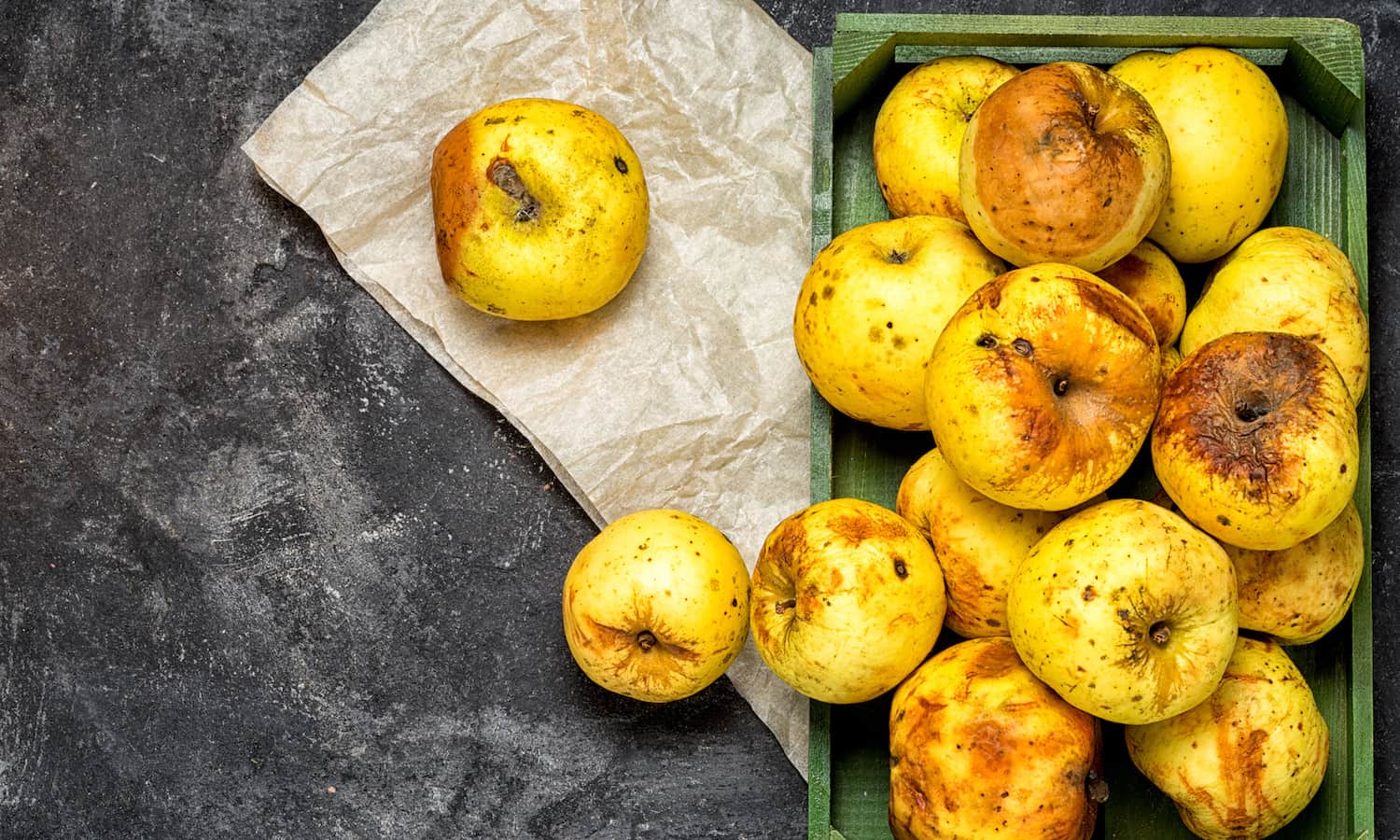“Small farmers typically have used little or no packaging, which can contribute to high food loss and waste due to water loss and physical damage during the post-harvest handling period,” says Dr. Lisa Kitinoja, founder of The Postharvest Education Foundation. She tells Food Tank, “they have tried to save money by using baskets, sacks, or wooden crates to transport foods from the farm to the market, all of which can damage crops and provide little protection from rain or pests.”
The chemical company Dupont has contributed several new technologies for preventing post-harvest loss. For example, they promote the use of their breathable water-resistant Tyvek technology as a wrap, bag, or cover to protect perishables and reduce food spoilage. Dupont’s h20ex is a plastic film cover for food containers with a high water vapor transmission rate that reduces mold and product weight loss.
Companies like Sealed Air, known for their vacuum-sealed Cryovac brand packaging technology, are expanding into new modified atmosphere packaging (MAP) technologies. These MAP technologies use permeable plastics and customize the levels of oxygen, nitrogen, and carbon dioxide in the packaging to the needs of specific foods. According to a review conducted by researchers at Ho University, MAP controls ripening, reduces water loss in stored products, reduces mechanical injuries, and fosters hygiene of stored products, preventing the spread of food-borne diseases.
Considering food travels an average of 4,200 miles, according to a study published in the journal of Environmental Science and Technology, many farmers, processors, and distributors that sell in global and national markets can benefit from these packaging innovations. For example, Dupont touts their Tyvek Cargo Covers in a promotional video as a way to preserve food in air travel from Britain to Ghana.
However, small-scale farmers often sell at local and regional levels. Also, smaller farms generally lack the scale and capital to make these new technologies affordable or practical. Even more basic packaging, such as plastic clamshells and bulk bins, can be too expensive for small-scale farmers.
But some companies are making high-tech packaging more accessible. For example, Parakh Agro Industries in India developed a low-cost film pouch using DuPont’s Bynel tie layer resin technology to keep milk fresh without refrigeration for 90 days.
Food Tank spoke with Kitinoja about the potential for small-scale farmers to use new packaging technologies. “Rather than adopt single-use packaging like plastic clamshell containers or polyethylene bag,” she reflects, “small scale producers, traders, processors, and marketers have the opportunity to leap over these types of traditional packaging used by large food companies and instead choose to use biodegradable and/or multi-use types of packaging.”
Kitinoja suggests that governments should invest in extension services that train farmers in low-cost packaging use and post-harvest loss prevention and direct funds towards low-interest loans for farmers to adapt loss prevention packaging and techniques.
For some small-scale farmers, packaging might not be the most straightforward way to prevent post-harvest food loss. Lindsay Smith, Regional Food Systems Coordinator at the Metropolitan Washington Council of Governments tells Food Tank, “despite real challenges to accessing scale-appropriate infrastructure, if the market demand is there, avoiding spoilage before a product gets to market isn’t a concern I hear raised particularly often.” Cities like New York, Washington, and San Francisco are foodie hotspots where local food is in high demand and consumers will pay top dollar for supply, keeping losses low.
However, Dr. Adam Diamond, an expert in food commodity chains, believes that most areas in the United States can potentially form strong rural-urban connections that limit loss. “Don’t assume it’s only the tofu and Whole Foods crowd that likes local food. Local food doesn’t have to be that expensive to benefit farmers—it’s all about good logistics—keeping costs low and bargaining effectively with buyers to get decent prices and have little disappear in the middle,” Diamond tells Food Tank.
Food hubs popping up across the United States are one way that small-scale farmers can better connect their products to local and regional markets. The U.S. Department of Agriculture defines a food hub as “a business or organization that actively manages the aggregation, distribution, and marketing of source-identified food products primarily from local and regional producers to strengthen their ability to satisfy wholesale, retail, and institutional demands.”
There are more than 200 food hubs across the U.S. and they almost all exclusively or mostly serve small-scale farmers. Food hubs allow these farmers, who sometimes cannot make a profit through farmers’ markets or direct sale, to sell in more mainstream markets.
Food hubs may also provide a means for small-scale farmers to take advantage of new packaging technologies through pooling capital and accessing grants. For example, a food hub in the Hudson Valley of New York owns and operates a Cryovac packer.
However, as Kitinoja points out, in developing countries, it might be more difficult for small farmers to make these connections, and new packaging technologies are probably more necessary. “Access is often a problem since farmers are usually located in rural areas, where roads may not be accessible during the rainy season, while cold storages and food hubs tend to be located near cities,” Kitinoja tells Food Tank.
Lorette Picciano, Executive Director of grass-roots farming organization the Rural Coalition, shares with Food Tank that explorations into adapting packaging and food preservation technologies to small-scale farmers are ongoing. “It’s about finding out what the farmers we serve really need and finding cost-effective ways to find effective solutions.”















